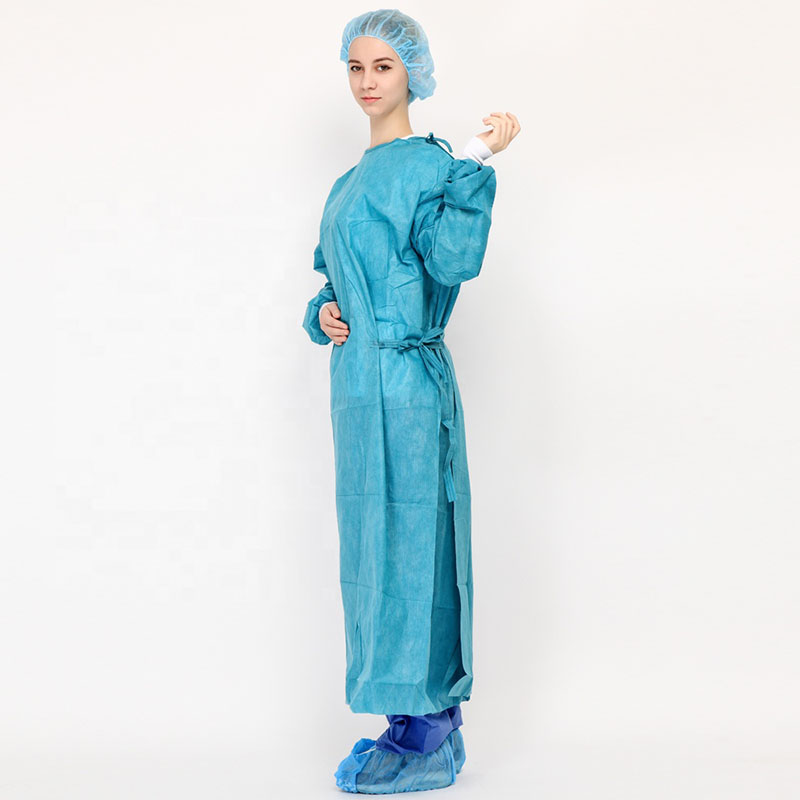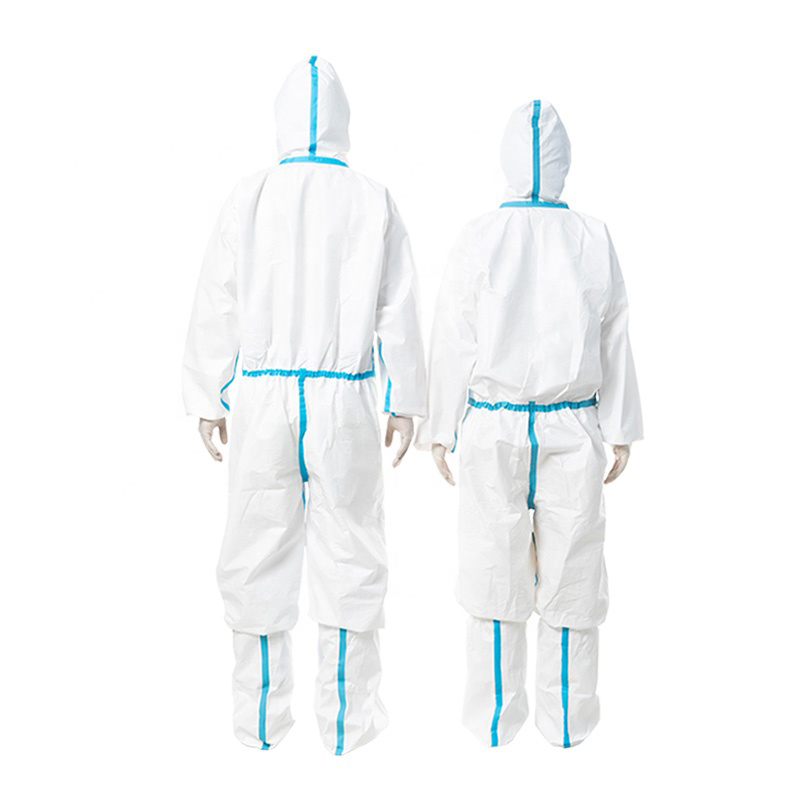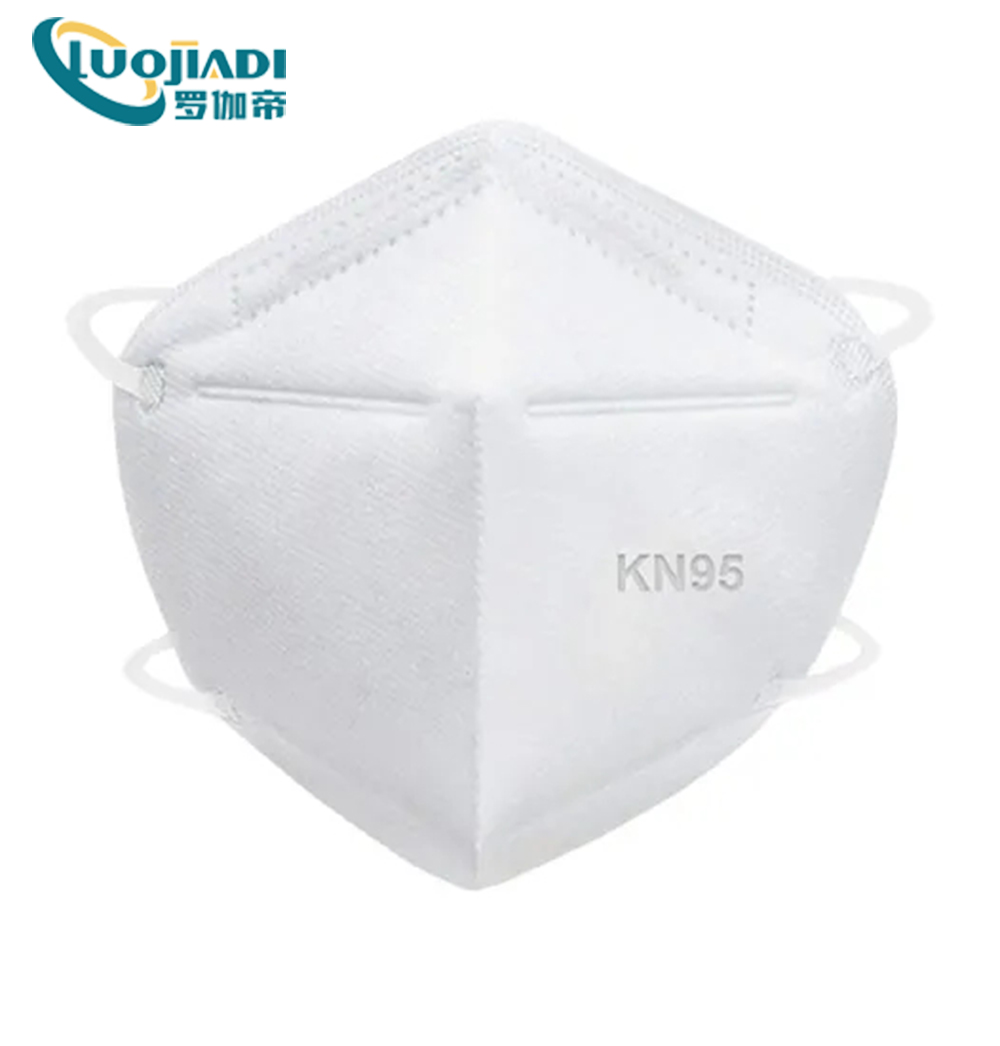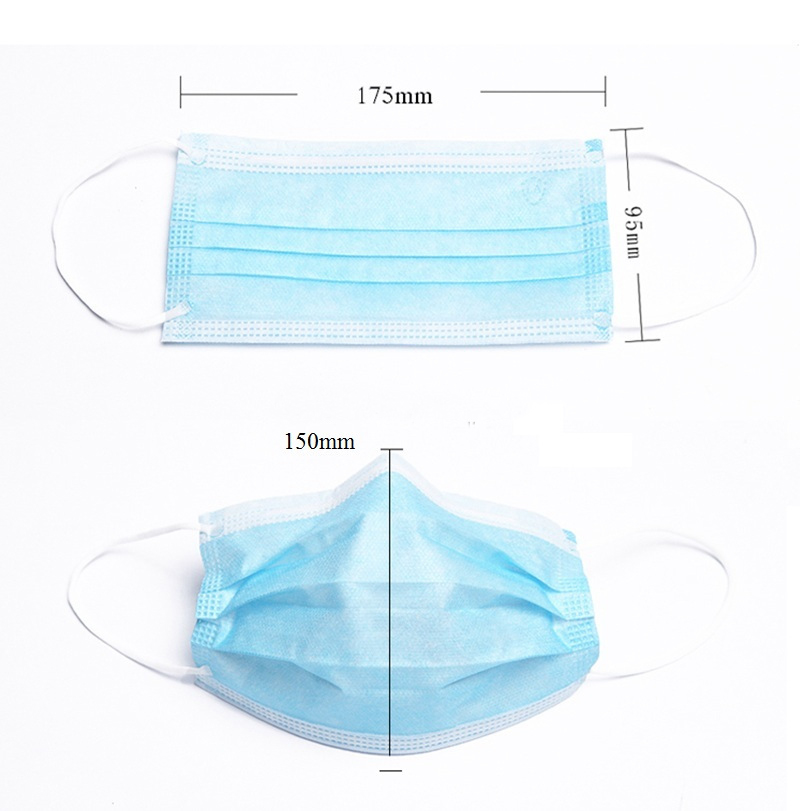First, water mildew
Sarcoidosis is commonly known as white disease, skin mildew. When the aquatic mold is initially parasitized, it is generally not possible to see any abnormalities in the diseased fish. When the disease is seen, the mycelium has invaded the wound of the fish, grows outward, or the original lesions are caused by infections such as parasites and bacteria. The fungal spores invade from the wounds of the fish, sucking nourishment from the skin, and rapidly multiplying, spreading, spreading, and growing into cotton wool-like mycelium at the wounded lesions. The entanglement of the mycelium with the wound's cell tissue causes ulceration and tissue necrosis of the skin. At the same time, as the area of ​​the lesion expands, the burden on the fish is excessive, swimming disorders, loss of appetite, weight loss of the fish, and ultimately death of the sick.
The disease generally occurs in the low water temperature season below 20°C, and is most prevalent in early spring and late winter. It occurs throughout the country. S. aquaticus is not strictly selective for parasitism, and all cultured fish can be infected from fish eggs to adult fish. Cultivated overwintering pools, lean or starved fish in spring ponds are the most vulnerable to watery mildew.
Control methods: Fish should be as carefully as possible during the pooling operation so as not to injure fish. Before entering the pool, use "seedling net" 1/3000 drug spilled. Avoid treating farmed fish below 15°C to avoid frostbite or abrasion.
Second, vertical scale disease
Initially diagnosed, this disease is caused by water-type trichostinae. The fish suffering from vertical squamous disease has a rough surface, some of the scales spread outwards like a loose ball, the base of the scale is edematous, and the inside of the scale accumulates translucent blood-like exudate so that the scales are erected and the scales are pressed slightly. Spray out from the base of the scales and scales fall off. Diseased fish often accompanied by fin-based skin bleeding, eyeballs protruding, abdominal swelling and other diseases. With the development of the disease, the sick fish have difficulty in breathing, the body loses balance, swimming is slow and powerless, and it lasts for 2 days to 3 days.
The disease mainly harms carp, carp, grass carp, and silver carp. Goldfish also occur from time to time. If the disease is not treated in time, it will bring great losses to the freshwater aquaculture industry.
Control methods: In the process of transportation stocking and other operations, avoid fish body injury; when the fish enters the pool, use 1/3000 concentration of “seedling net†to soak for 5 minutes; or “hundred fish net†2-5 mg/liter medicine Bath for 30 minutes. At the same time, in conjunction with "Fish Health" No. 1, 1 to 5% of the amount is added to feed, or 0.2 mg/l of "Chlorine Rich" or 0.1 mg/l of "Iodine Rich" Quanchiposa. At the same time, the use of "Fish Health" No. 1 in the amount of 1-5% added to the feed.
Third, the blemish
Caused by the virus, at the beginning of the disease, many small white dots appear on the surface of the sick fish, covered with a layer of white blocky mucus. With the development of the disease, the number of white spots has been continuously increasing, and the area of ​​spots has been continuously expanding, resulting in gradual thickening of the epidermis at the lesion site, forming paraffin-like growth organisms and resembling pox sores. Therefore, it is called "acne disease". . Acne sores grow naturally to a certain extent, and then new blemishes appear again in the original affected area, eventually causing the fish to lose weight and die.
In pond culture, the disease usually occurs at temperatures between 10°C and 15°C in the late autumn and early winter and early winter and spring. Due to the low incidence and the non-infection of other fish in the same pool, it has not attracted people's attention to this disease. In recent years, due to the vigorous development of high-density cage culture technology, the disease has become increasingly serious.
Sprinkle evenly and use it once a week to control the amount of virus in the water. After the fish start feeding, add 1-2% “overwintering†and 0.2% “Vegetation-specific Ve†to the feed to improve the immunity of the fish.
Personal protection is particularly important at the moment when the new crown epidemic is rampaging around the world. Our company produces ordinary respirators, medical masks, Protective Clothing, goggles, surgical gowns, disinfectant hand washing gels and other products, which are suitable for daily protection. Welcome to consult and purchase.





face mask, surgical gown, protctive goggles,protective clothing
Shanghai Rocatti Biotechnology Co.,Ltd , https://www.ljdmedical.com